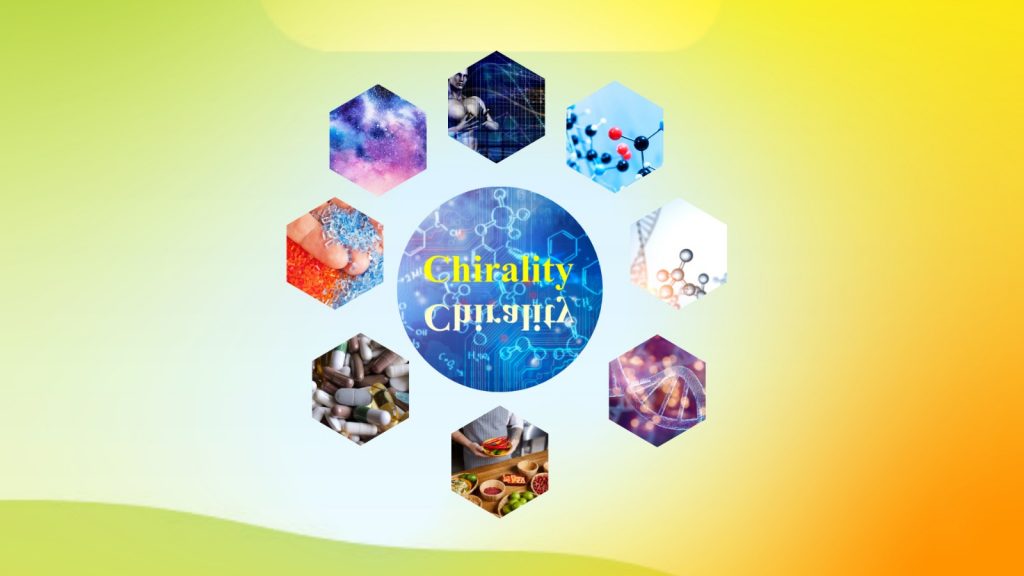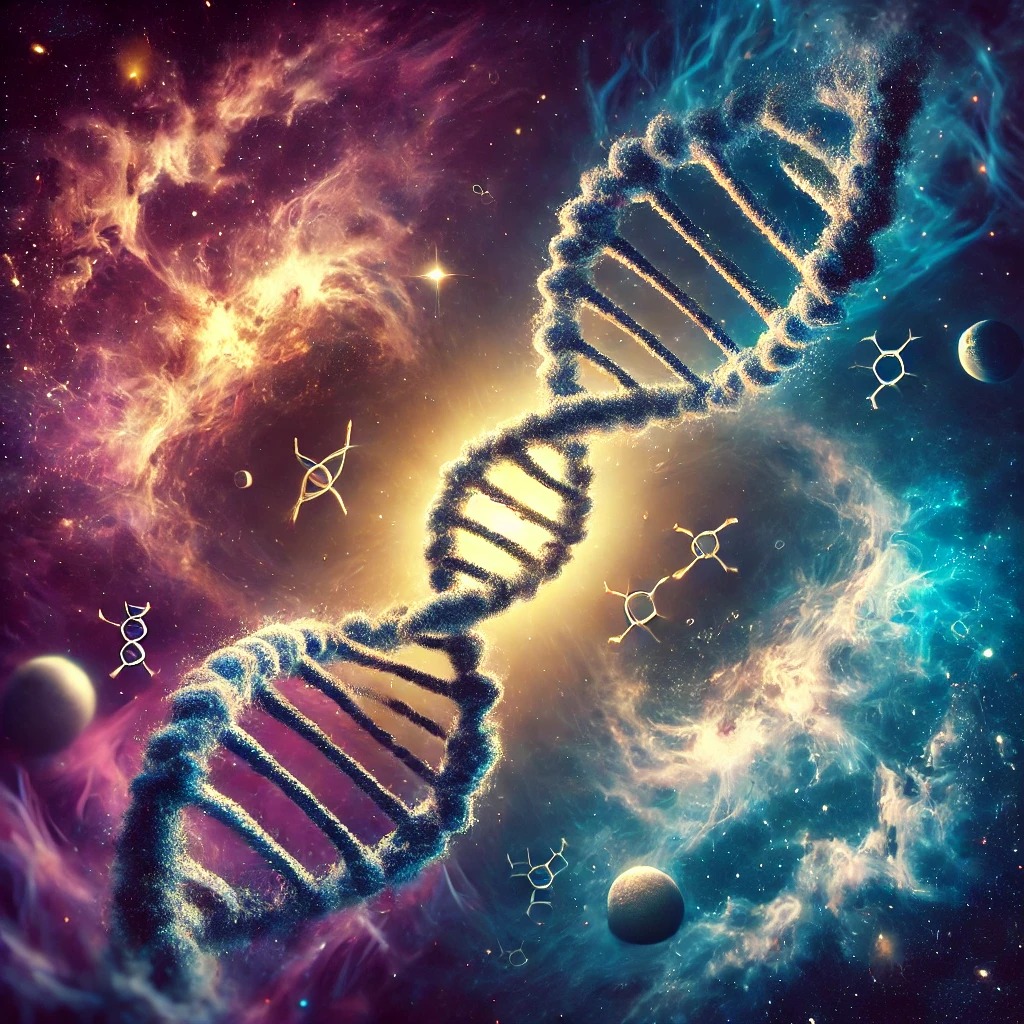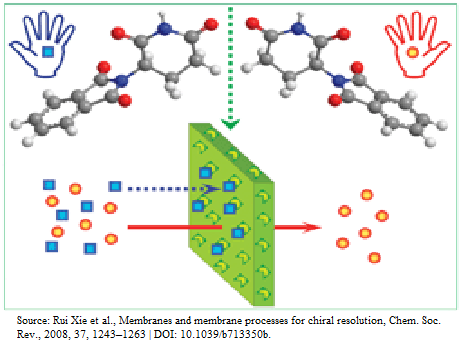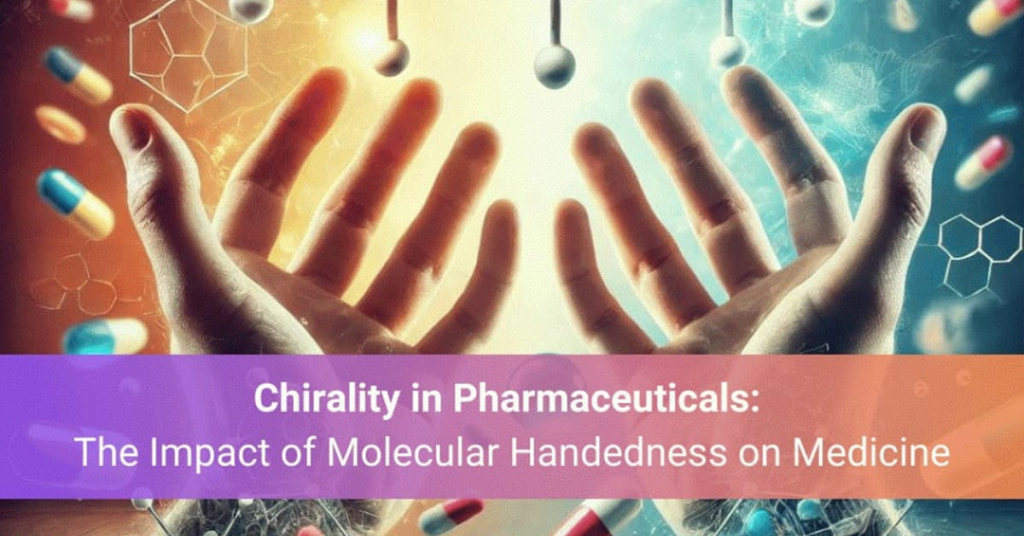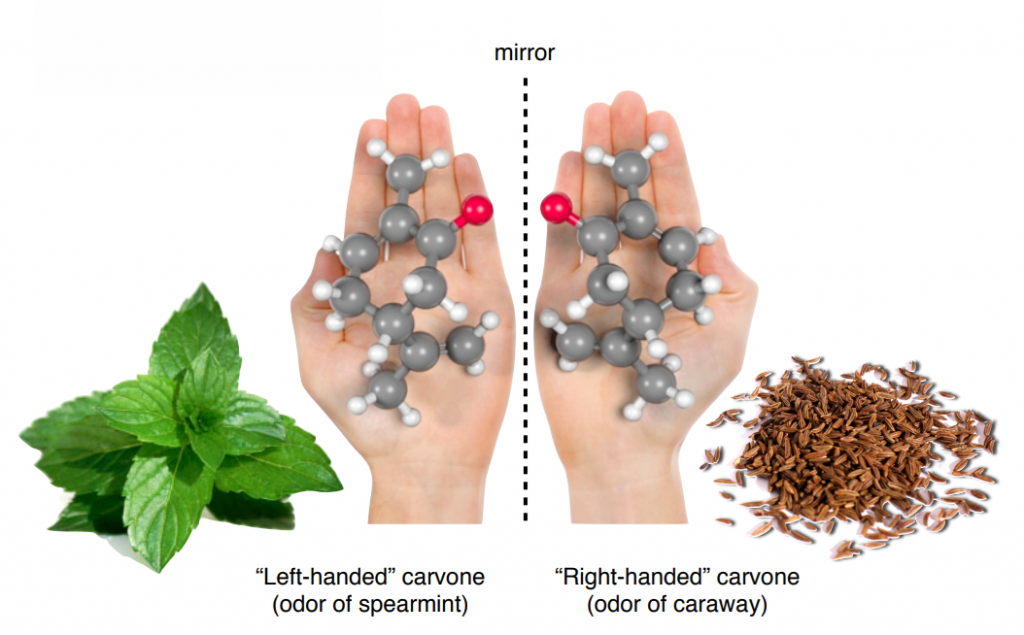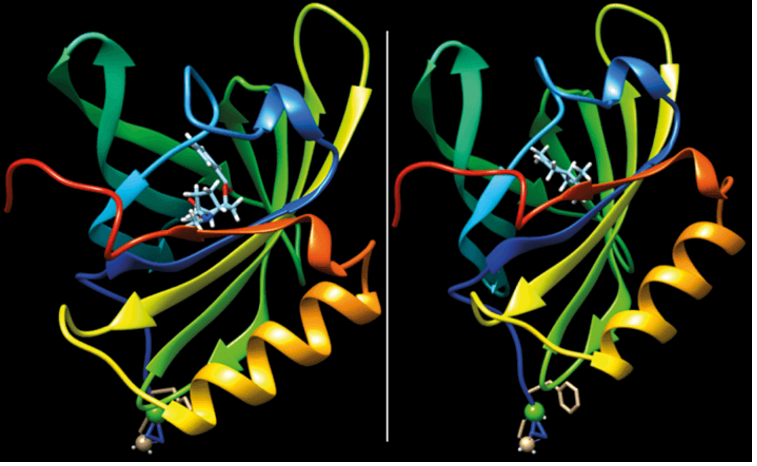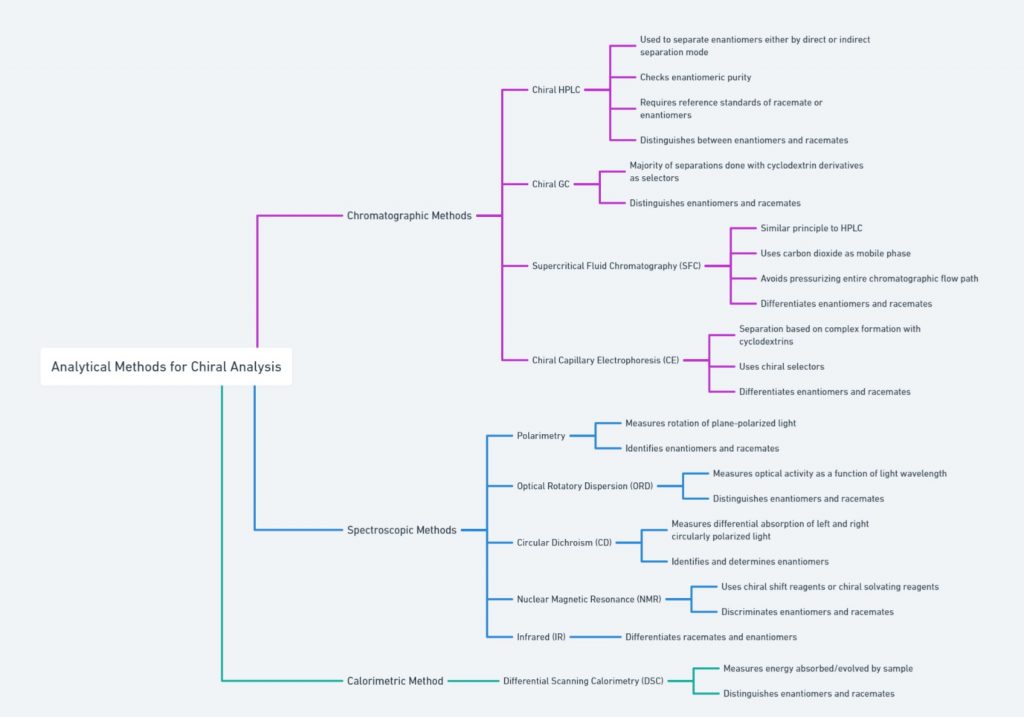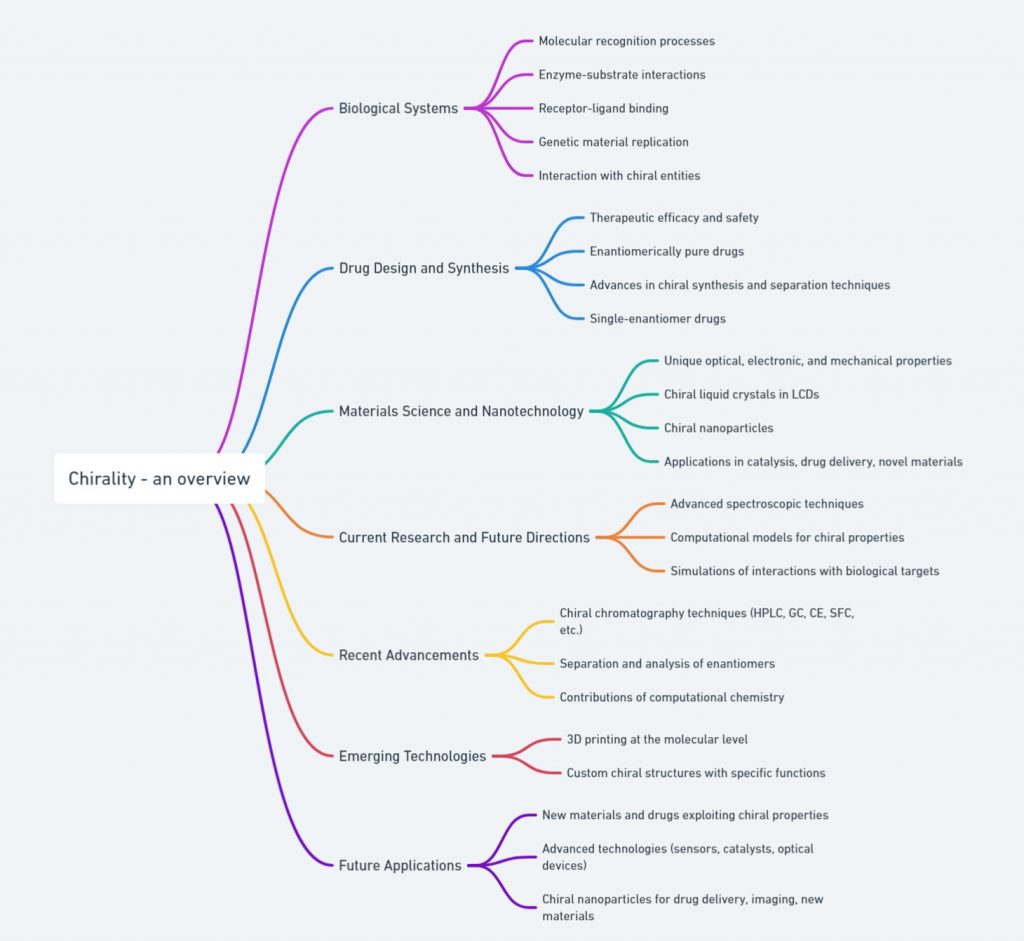Chirality and You: Understanding and Appreciating Molecular Handedness
Lead Chirality, or molecular handedness, is a fundamental concept in chemistry and biology that affects many aspects of our daily lives. From the structure of DNA to the effectiveness of medications, chirality plays a crucial role in how molecules interact and function. This blog aims to make the concept of chirality accessible and relevant, encouraging readers to appreciate the hidden handedness around and within them and explore the fascinating world of molecular chirality and chiral …
Chirality and You: Understanding and Appreciating Molecular Handedness Read More »
